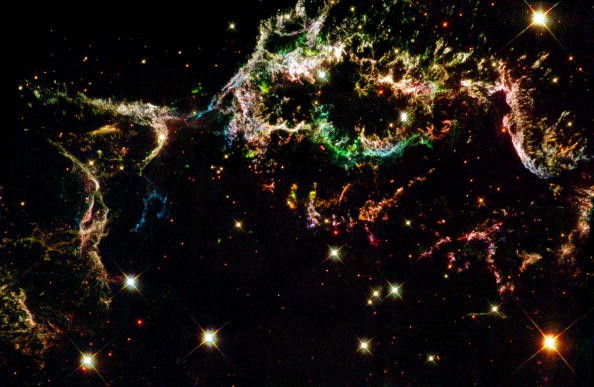A team of researchers from California Institute of Technology (Caltech) in Pasadena has discovered the first evidence of a chiral molecule in interstellar space. This chiral molecule with two mirror image "twins" is expected to solve the biggest mysteries on Earth.
There are certain molecules that have its own mirror-image version that act or behave differently. It is similar to how the left hand of the humans cannot fit itself into a glove meant for the right hand. This chemical property called chirality is usually present within all organic life. However, its origin remained a mystery until now.
Now, a team of researchers led by Brandon Caroll of the Caltech and Brett McGuire of the National Radio Astronomy Observatory in Virginia claim to have discovered a the first mirror-image molecule in interstellar space, according to a study published in the journal Science.
Some complicated and large chiral molecules, even when they have the same chemical formula, can appear to come in mirror image forms of each other. The two forms - left-handed and right-handed - behave exactly the same way in terms of freezing point, melting point and light absorption capacity. However, both the forms can react differently in a very dramatic way.
The amino acids formed in living beings are all left-handed in nature. Some scientists believe that the left-handed form came from the prebiotic molecules that ended up on Earth when a comet or an asteroid struck the planet in its early years. However, some studies suggest that both the forms are present in comets, but the left-handed form is in larger concentration. There was not theory so far to explain this occurrence.
In the recent study, the researchers have discovered propylene oxide at a distance of just 390 light years within a huge star-forming cloud made of gas and dust. The signs of propylene oxide included the absorption of three particular wavelengths by substances that passed through the cloud.
The study findings will help researchers figure out where life can arise, New Scientist reports. In addition, it could also explain how it must have happened in the past. For example, in humans, amino acids are left-handed, however, sugars that form DNA are always right-handed.
The researchers now want to conduct further studies to determine what causes nature to choose one-handedness over another form the molecule. The team has not figured out the handedness of the interstellar propylene oxide as of now.
The following video explains the principle of chirality:



























